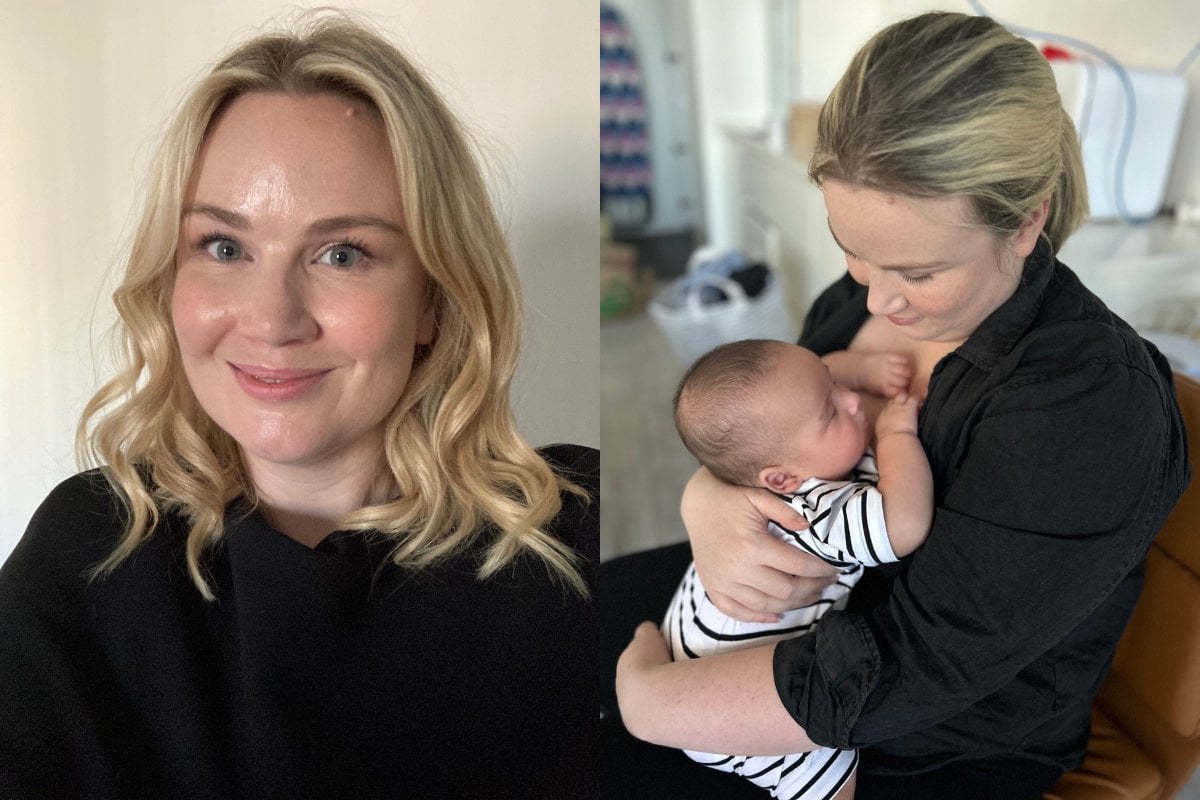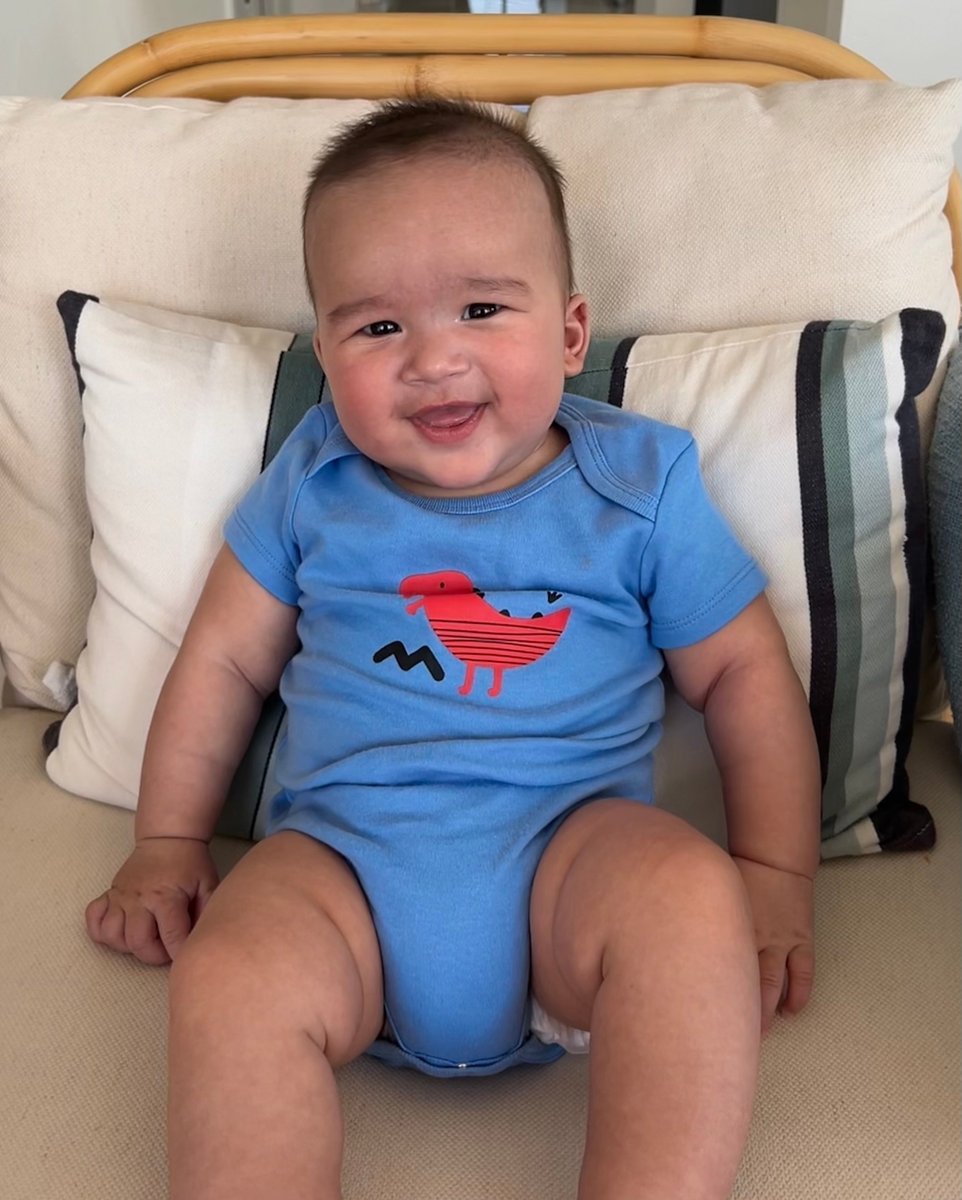
The day I learned any child my husband and I conceive will have a one in four chance of having Spinal Muscular Atrophy (SMA) - a rare genetic condition with a two-year average life expectancy - was also the day I discovered I was six weeks pregnant with twins.
COVID time was kind to me, while others struggled through loneliness I was falling in love. My husband and I married in 2021 when masks were mandatory and wedding guests were limited to single digits. After the romantic disappointments of my twenties and early thirties, it finally felt like my longing for a family of my own was being realised.
Ready to embark on our plans, we asked our doctor what we could do to support our chances of having a healthy child. We could do a genetic carrier screening test, part of a study called MacKenzie’s Mission, to identify if we had an increased chance of having a child with a rare serious genetic condition.
Watch: A closer look at carrier screening. Post continues after video.
He explained everyone has two copies of most genes, one from each parent. A person is a ‘genetic carrier’ for a condition when they have inherited one copy of a faulty gene linked to a genetic condition, but their other copy of the gene works normally (which is why they are unaffected by the condition themselves).



Top Comments